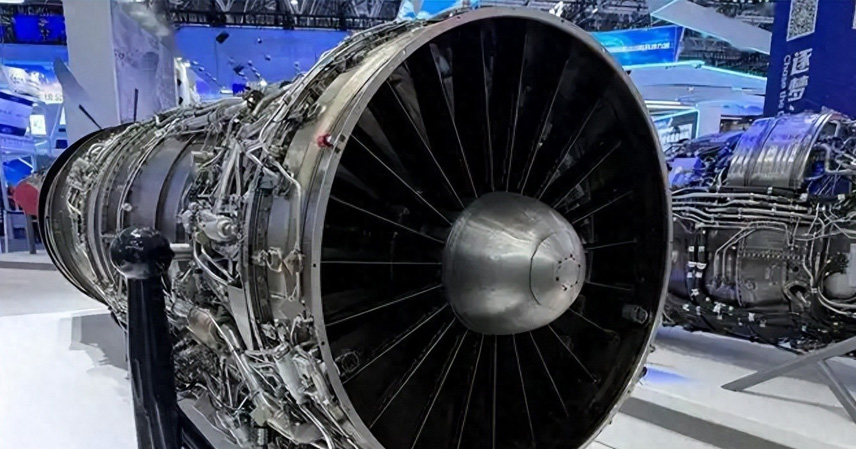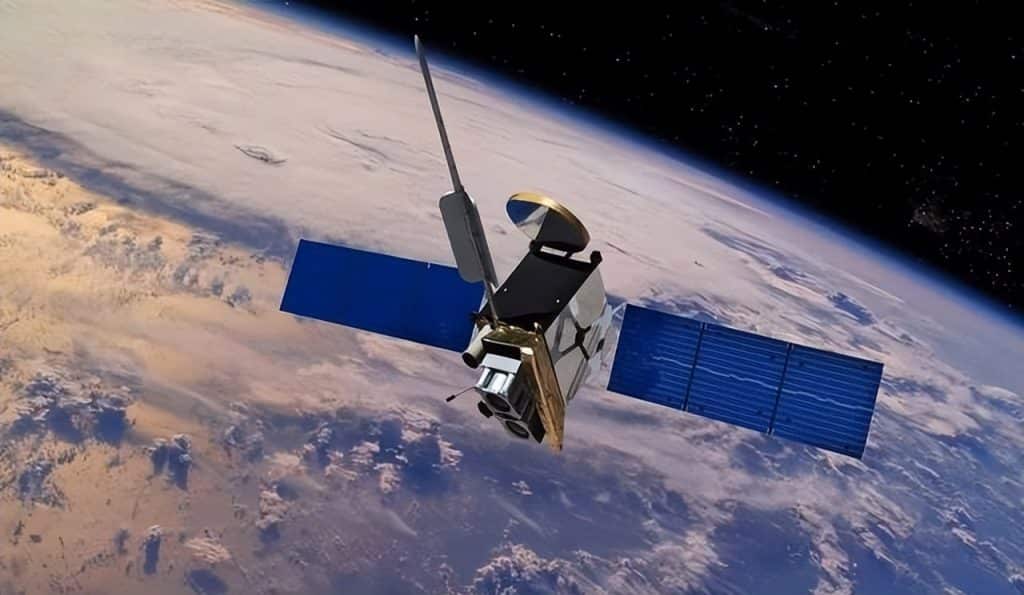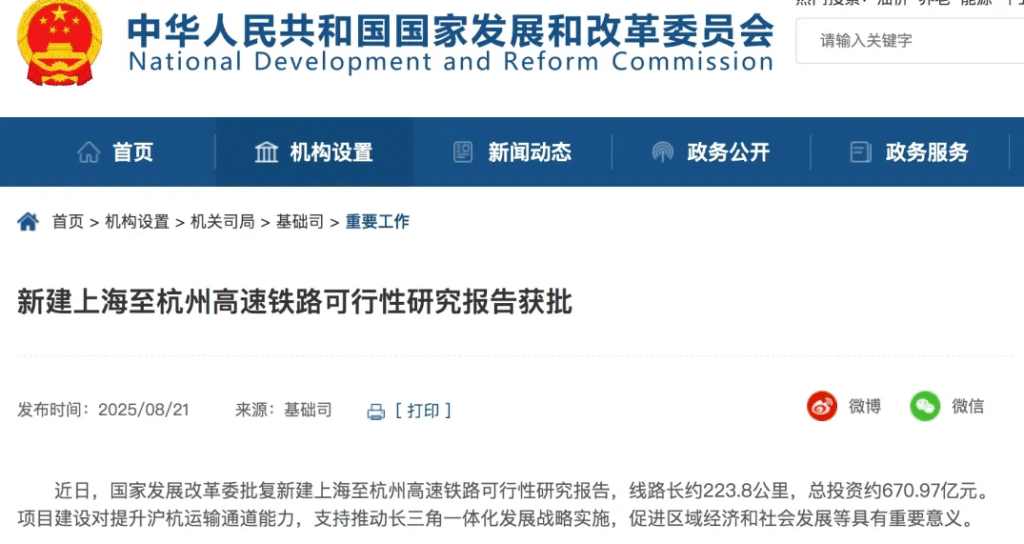On September 18, 2025, Russian President Vladimir Putin announced that Russia is accelerating the development of the PD-26 heavy-duty aircraft engine, calling it a “key product to resist Western technological hegemony.” The next day, First Deputy Prime Minister Denis Manturov stated that Russia is ready to supply China’s wide-body aircraft program with critical components, including composite wings and the PD-26 engine derived from the PD-35 gas generator.
With a thrust of 26 tons, the PD-26 is currently being developed for the Il-100 military transport aircraft and could later be used in MS-21-500 and MS-21-600 commercial jets. Russia has also indicated its willingness to provide the PD-26 for China’s C929 wide-body aircraft, positioning the engine as a potential alternative to Western-made models.
Breaking Western Blockades
Strategic Motivation
Since the 2014 Crimea crisis, Russia has faced escalating sanctions. Following the Russia-Ukraine conflict in 2022, Boeing and Airbus completely withdrew from cooperation, leaving Russia’s aviation industry with severe supply chain disruptions. In 2024, Russia’s civil aircraft deliveries fell below 100 units, with only a limited number of MC-21 aircraft powered by PD-14 engines entering service.
By partnering with China, Russia can secure a stable export channel for its PD-series engines, easing the pressure on its domestic aviation sector.
Meanwhile, the U.S. has also tightened restrictions on China. On May 29, 2025, the U.S. Department of Commerce suspended exports of aviation engines to China on “national security grounds.” This move accelerated China’s search for alternatives, creating a window for Russian cooperation.
The partnership reflects a mutual need: Russia provides mature engine technology while China offers market demand and financial backing, together breaking the Western monopoly.
Geopolitical Dimensions
With heightened U.S.-Russia tensions and Washington’s pressure on countries like Venezuela, Moscow is sending a political signal by offering engines to China. Putin personally endorsing the PD-26 underscores its strategic weight as part of the broader China-Russia alignment against Western containment.
Expanding into the Chinese Market
Although China has advanced in developing military engines, its commercial wide-body aircraft programs still require interim solutions. The PD-26, with its thrust of 26–35 tons, fits the requirements of the C929 wide-body jet, complementing China’s ongoing development of the CJ-2000 engine.
Russian officials have publicly emphasized their readiness to supply engines. Sergei Chemezov, head of Rostec, stated that Russia is prepared to deliver aviation products “in areas where we excel,” signaling both technical confidence and eagerness to capture the Chinese market.
Strengthening Strategic Partnership
The proposed engine cooperation highlights the deepening China-Russia comprehensive strategic partnership. For Russia, it ensures international revenue and accelerates the commercialization of its engines. For China, it provides a backup solution, reducing reliance on Western suppliers while allowing more time for indigenous breakthroughs.
This “technology-market” synergy reflects a pragmatic arrangement: Russia gains much-needed customers amid sanctions, while China mitigates supply chain risks.
Economic Pressures Behind Russia’s Move
Russia’s economy is under strain, with GDP growth slowing to 1.5% in 2025 and high interest rates (21%) discouraging investment. Civil aviation is one of the industries most affected by sanctions, with Boeing and Airbus suspending cooperation. Offering engines to China is not only about diplomacy but also about economic survival for Russia’s aerospace sector.
Challenges Ahead
Despite the potential benefits, significant hurdles remain:
- Certification Timeline – The PD-26 is not expected to achieve type certification until 2027.
- Standards Gap – Russia traditionally uses its own aviation standards, which may be incompatible with China’s Western-aligned certification systems.
- Limited Production Capacity – In 2025, only about 30 PD-14 engines are expected to be produced, raising doubts about Russia’s ability to meet larger export commitments.
Moreover, details regarding technology transfer, cost-sharing, and production volumes remain unclear. Previous Russia-China collaborations in aviation faced setbacks due to financial and technical disagreements.
Outlook
For China, the PD-26 is a short-term solution rather than a substitute for long-term domestic innovation. The partnership could accelerate the C929’s path to commercialization, but Beijing is expected to continue prioritizing the development of indigenous engines like the CJ-1000A and CJ-2000.
Ultimately, Russia’s proposal to provide the PD-26 is a strategic response to Western sanctions, a bid to secure markets, and a signal of closer alignment with China. While technical and political challenges may temper progress, the cooperation highlights the shifting balance in global aerospace as both nations seek to reduce dependence on the West.



